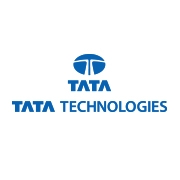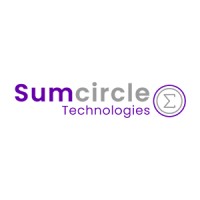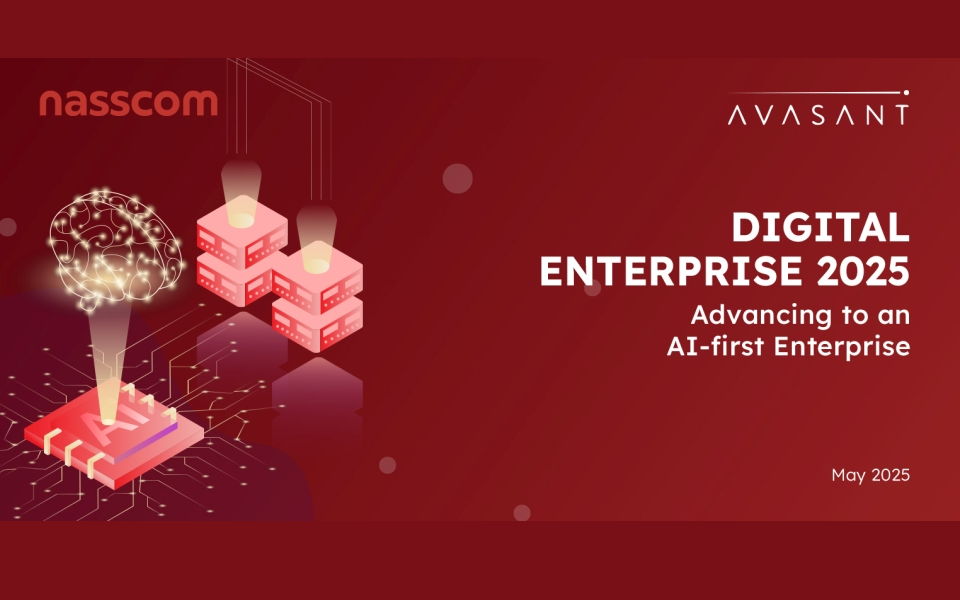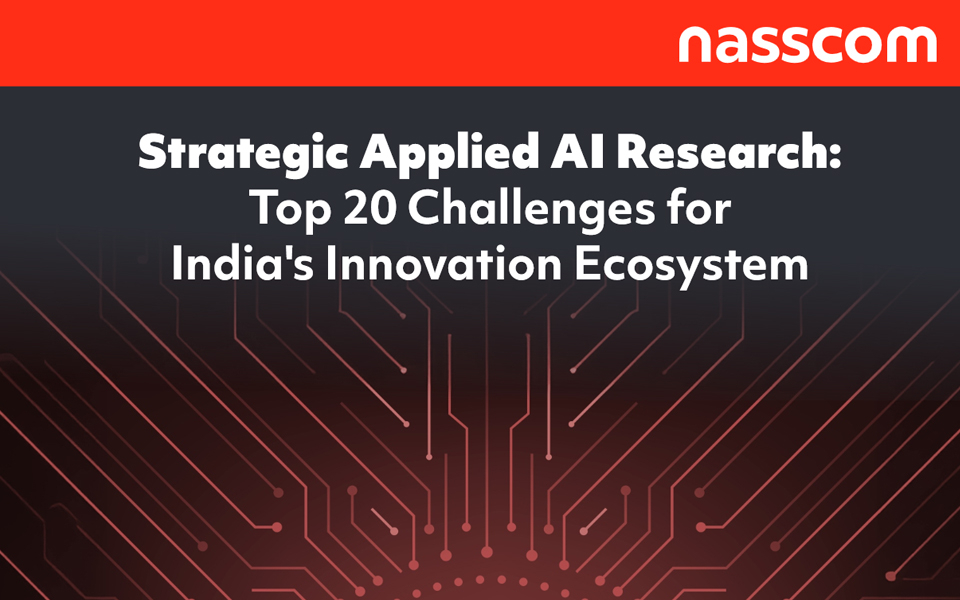The Indian quick commerce industry has been witnessing a boom, leading to a transformation in customer expectations and the overall retail landscape. With 10-minute grocery and electronics deliveries, the segment has made giant strides and redefined convenience for the urban population. The unparalleled speed and accessibility being delivered at present by quick commerce players has been driven by increased smartphone penetration, growing digital payment adoption, and a rising demand for immediacy. However, the rapid rise of this segment brings ahead a complex interplay of market dynamics, technological advancements, and questions surrounding the long-term sustainability of the quick delivery model in the widely diverse Indian market.
Market Dynamics: A Battle for Speed and Scale
Amidst the rising dominance of quick commerce, the segment has become fiercely competitive, primarily dominated by players like Blinkit (owned by Zomato), Swiggy Instamart, and Zepto. As per Morgan Stanley, the current size of India's quick commerce sector is expected to be around $8 billion (as of 2024), expanding to $28 billion by 2026 before reaching $57 billion by 2030. This is an upward revision from their earlier estimate of $42 billion, driven by several key factors including:
- Deepening penetration of online grocery through quick commerce
- A sharp spike in monthly transacting users
- Expansion into over 100 non-metro cities through tailored delivery models
- Growing consumer reliance on the segment
This aggressive competition in the market has led players to undertake significant investments in infrastructure and customer acquisition, often resulting in widening losses as companies prioritize market share over immediate profitability. For instance, Blinkit reported a loss of ₹178 crore in Q4 FY25, despite a 122% year-over-year revenue surge. Swiggy's consolidated net loss nearly doubled to ₹1,081.18 crore in Q4 FY25, largely due to Instamart's aggressive expansion and increased customer incentives. Zepto, while private, has also seen substantial cash burn as it scales up.
As far as market shares are concerned, Blinkit dominates the scenario, leveraging Zomato's existing logistics and customer base. Swiggy Instamart is a close contender, benefiting from Swiggy's vast delivery network. Zepto, a relatively newer entrant, has also rapidly gained ground while others including BBNow have a minority share in the market.

*Note: Swiggy's loss of ₹1081.18 Cr is consolidated for the entire company, with Instamart contributing significantly to this.
Source: Revenues – Company reports; Market Shares – Indira Securities
Dark Stores: The Invisible Backbone Supporting India’s Quick Delivery Boom
A crucial element supporting the quick commerce model is the aggressive expansion of dark stores, which are micro-warehouses strategically located within residential areas to facilitate ultra-fast deliveries. The sheer scale of these dark stores has become indicative of market dominance, with Blinkit, Swiggy Instamart and Zepto aggressively undertaking dark store expansion in the country.

Source: J.P. Morgan
Beyond these leaders, newer entrants like Flipkart Minutes, that already have around 300 stores, are rapidly expanding their dark store footprint, with plans to reach 800 stores by the end of 2025. Flipkart’s rival Amazon too has been upping its game in the quick commerce space by strengthening the dark store network of Amazon Now. The company plans to establish 300 dark stores across India’s top three cities - Delhi-NCR, Mumbai, and Bengaluru by end 2025. Tata owned Big Basket too has been operating around 500 dark stores and aims to expand the number to 700 by July 2025.
The establishment of these dark stores are enabling quick commerce players to reduce delivery times to as low as 6 minutes (in some cases) by locating them closer to the customers and optimizing back-end processes and reducing picking and packing times. This has been facilitated by technology adoption, that has been playing a very crucial role in the rise of the quick commerce segment.
Tech Fuelling Speed: AI, ML and Data Analytics Powering Instant Deliveries
Several cutting-edge technology solutions have been powering instant deliveries for the quick commerce segment. Some of these include:
- Artificial intelligence: AI-driven inventory management systems have become crucial for predicting demand patterns, optimizing stock levels in dark stores, and minimizing wastage. These systems, often leveraging platforms from companies like LogiNext or in-house AI, utilize historical sales data, real-time demand signals (like weather or ongoing events), and even predictive analytics to ensure that the right products are available at the right dark store, preventing stockouts or overstocking.
- Machine learning: ML algorithms are employed for real-time route optimization, ensuring the most efficient delivery paths for riders, even with dynamic traffic conditions. Leading quick commerce players frequently use advanced routing solutions from providers such as Shopsy or TrackoBit, which factor in live traffic updates, road closures, and even rider availability and capacity to dynamically assign and re-route deliveries for optimal speed.
- Data analytics: It plays a pivotal role in understanding customer preferences, personalizing recommendations, and identifying untapped market segments. For instance, advanced analytics, often powered by platforms like Zoho Analytics or custom-built data lakes, can identify popular product bundles in specific localities, suggest relevant upsells to customers, or even forecast demand for seasonal items.
- Order management systems: Furthermore, sophisticated order management systems seamlessly integrate customer orders with dark store operations and rider assignments, streamlining the entire delivery process. From the moment an order is placed, these comprehensive systems (which could be bespoke solutions or adapted from major ERP/OMS providers) instantly relay it to the nearest dark store, direct pickers to efficiently locate items, trigger packing, and dispatch the order to an available rider within minutes.
These technological advancements not only enhance operational efficiency but also contribute to a superior customer experience, which is paramount in a convenience-driven market. Companies are also investing in smart packaging solutions to maintain product quality during rapid transit and digital feedback mechanisms to continuously improve service based on customer input.
Is it a Sustainable Sprint?
Despite its swift growth, the sustainability of the quick commerce model in India remains a pertinent question. While the market is experiencing hyper-growth, fueled by venture capital, the path to profitability is challenging. High operational costs associated with maintaining extensive dark store networks, managing a large delivery fleet, and offering competitive pricing and discounts contribute to significant cash burn.
Further, the average order value for many quick commerce transactions is relatively low, typically ranging from ₹300-700, offering thin margins. This led companies to diversify their product offerings to include higher-margin items like electronics and medicines, bringing them into direct competition with established e-commerce giants. With e-commerce giants like Flipkart and Amazon also strengthening their quick commerce play, the competition in this space is only going to heighten. Environmental concerns, such as increased carbon emissions from a growing delivery fleet and packaging waste, also pose long-term challenges. Moreover, the reliance on the gig economy raises questions about labor practices and worker welfare.
Globally too, there are ample examples of quick commerce players witnessing a rapid rise and a subsequent fall like Fridge No More and Buyk in the United States, both of which filed for bankruptcy in early 2022. Jokr, a quick commerce unicorn, which also ceased operations in the US and Europe in mid-2022. More recently, Getir, once a dominant force in Europe and a major competitor, faced significant financial troubles and exited key markets like the UK, US, and parts of Europe in April 2024, absorbing its rival Gorillas in the process. These failures underscore the inherent difficulties in achieving sustainable profitability in a model that prioritizes speed and convenience at a high operational expense.
In this regard, for quick commerce to be truly sustainable in India, a balance needs to be struck between rapid expansion and operational efficiency, focusing on optimizing existing networks, improving unit economics, and potentially exploring hybrid models that combine speed with a broader assortment and scheduled deliveries for higher-value items.
With e-commerce giants also entering the fray, the main questions to be answered will be:
- Can quick commerce platforms maintain profitability while preserving the under‑10‑minute delivery promise?
- Will the 10-minute delivery model be the preferred choice or will we see the emergence of the 30-minute delivery system?
- Is scale achievable beyond Tier‑1 cities without compromising service and economics?
- Will regulatory, labor, and sustainability concerns reshape the model?


































